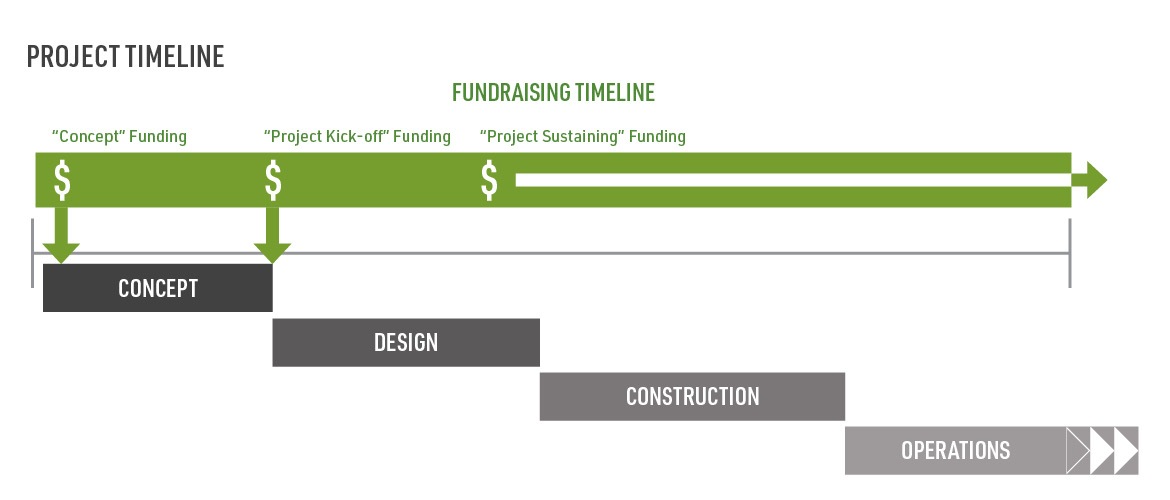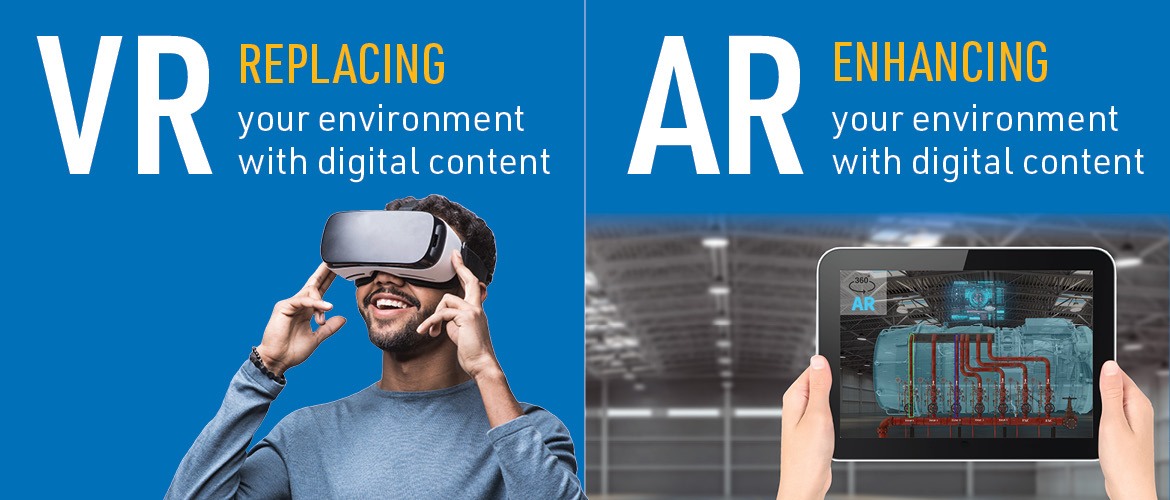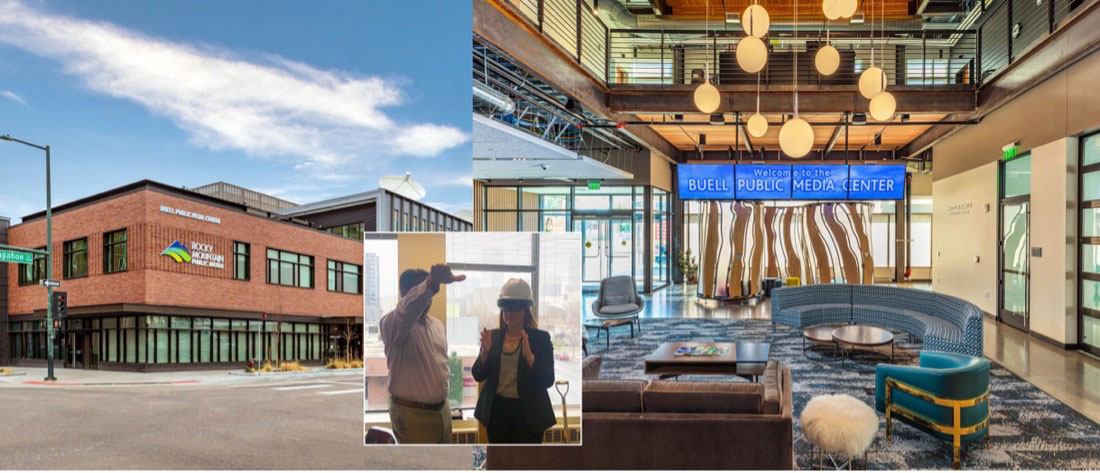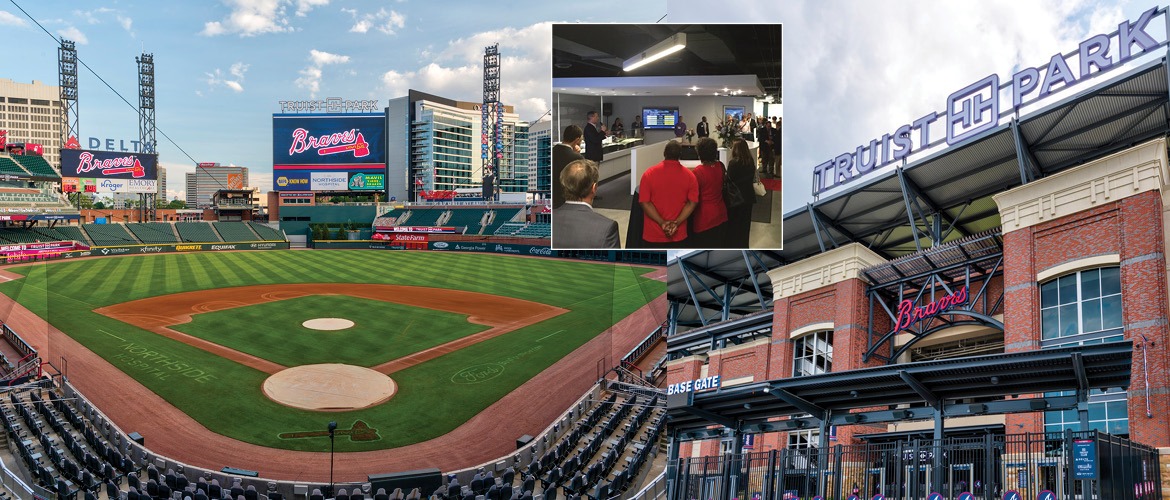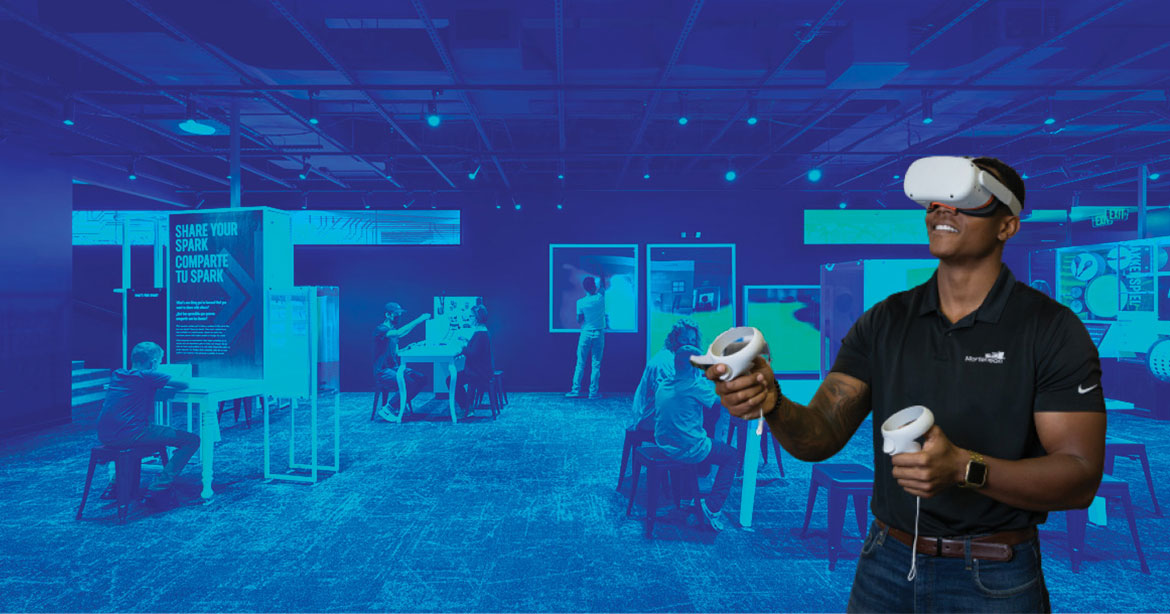
When you’re ready to start building the legacy project you’ve dreamed of, the last thing you want in your way is a funding issue. Securing the funding to bring your concept to reality can be the largest obstacle to overcome for marquee projects in markets such as higher education, cultural arts, and sports/entertainment. It is a substantial initiative to get your first set of funding and propel your concept forward amongst various stakeholders. Moving beyond concept and into design and construction is a critical point where your project will either flop or fly.
Timing is everything when it comes to making your project a success. This rings even more true when fundraising is involved. “For our customers deploying capital campaigns, it is important to overlay your fundraising timeline with your design and construction schedules to optimize outcomes,” explained Carolyn Sizemore, market director at Mortenson. “An example of this can be seen in accounting for cost escalation. If our customers wait until they have all funding and then start their project, the project will cost more because of escalation than if a middle-ground can be found.” The optimal overlap should balance available funds with momentum gained. Carolyn continued, “We can provide critical tools and knowledge to inform the most effective overlap and help solve funding gaps.”
A Fundraising Status Quo That Falls Short
Historically, construction partners have only minimally supported project fundraising efforts. For years, the status quo was to supply an architect-designed rendering of the building. While these renderings elicit an instant spark that can excite potential donors, this enthusiasm often falls flat shortly after release and does not generate the funding needed to bring the project across the finish line. With such a short-term solution, there is a missed opportunity to build excitement and gather additional funds throughout design and construction.
Maximizing Virtual Reality Technology to Support Capital Campaigns
To keep your legacy on track, it’s imperative to utilize the best of what technology can offer. For over 10 years, Mortenson has used virtual reality (VR) and augmented reality (AR) to build excitement by bringing customers – and their potential project donors – closer to projects. “We don't just buy a headset, pass a 3D model through an application, and say we do VR,” explained Brian Nahas, director of virtual design and construction. "We have a methodology and a tiered approach lead by in-house experts that know how to work in virtual spaces. We develop interactions you can't buy off the shelf.”
While VR and AR are often touted as flashy tools, they mean nothing unless they can transform outcomes. To create the ultimate impact, customized VR and AR experiences should be employed across all phases of the project — from the early stages of project funding support to collaborative design reviews, and issue management. Immersive and easy-to-use VR/AR tools provide potential donors with unprecedented levels of engagement with the facility while remaining adaptable for fundraising needs over the course of the project, positioning you to maximize fundraising efforts and reach your goals.
Custom, Immersive Experiences / Buell Public Media Center
Rocky Mountain Public Media leveraged AR to achieve its fundraising goals ahead of completing Buell Public Media Center in downtown Denver, Colorado. The project team used AR headsets to develop a virtual environment where potential donors could enter and explore the future building’s various interior spaces.
Dave Espinosa, project executive, brought the headset to fundraising events to expose the greater public to Rocky Mountain PBS’ mission and provide opportunities to directly engage with the facility. For targeted donors, the team customized the facility’s branding to reflect the donors’ names. The adaptability of these virtual tools helped donors visualize themselves in the spaces and gave them a greater sense of ownership in the project.
Easy-to-Use, Mobile Tools / ASU Mullett Arena
While new VR/AR technology may seem overwhelming to operate at first glance, what makes them extremely effective for fundraising is they are mobile and programed with easy-to-use applications. Arizona State University (ASU) ignited the full potential of their VR environment in the construction of a new 197,000-square-foot hockey, wrestling and event center to capitalize on donor engagement. The VR model, which was originally designed to streamline communication and facilitate efficient decision-making amongst the University, Mortenson, and the designer, was amplified to create a user-friendly hockey game within the model. This game placed users at the center of the main bowl, where they could experience 360-degree views of the future arena. Within the game, users could shoot hockey pucks at the goals and experience what the arena’s atmosphere would be like.
ASU’s head hockey coach, Greg Powers, took this tool and ran with it. Coach Powers hosted donor events at various locations to virtually introduce the arena to those who would be ultimately engaged with the facility. He independently operated the headsets, finding unique ways to build excitement for the project while achieving the University’s long-term goals for the facility.
Ultimately, the implementation of VR/AR means nothing if customers are unable to achieve their goals. For many customers, this also means creating various visualization tools to satisfy the needs of various donor groups.
Scaling Virtual Environments / Truist Park
Many capital campaigns include tiered approaches to funding. From small one-time contributions to larger reoccurring partner gifts, there needs to be a right-sized approach for each donor. Reflective of this fundraising approach, Mortenson’s AR/VR teams create varying levels of virtual environments to support each project’s unique capital goals.
When the Atlanta Braves started building their new home, Truist Park (formerly SunTrust Park), their facility goals included creating the ultimate fan experience while also securing the funding needed to keep the $672-million-dollar stadium progressing.
During the design phase, the project team saw an opportunity to support season ticket sales, sponsorship attraction, and revenue generation through scaled virtual environment tools. In the creation of each offering, the team considered how the respective donor tiers would use the product and what goals they needed to achieve – producing custom tools with various levels of interactivity, finishes, and graphic intensity. These tools made it easier for the ticketing office to gather early season ticket sales and even corporate sponsorships.
At the Climate Pledge Arena in Seattle, Washington, Oak View Group used a customized VR tool to sell club level memberships, which was nuanced with the ability to host “multi-player” tours. This meant sales representatives were side-by-side with potential donors, guiding them through the facility in the virtual world. The multi-player functionality can bring donors and sales personnel closer than ever before, as the joining devices do not need to be constrained to a single location.
Could VR/AR Be Your Solution?
Maximizing AR/VR technology for project fundraising support can be a game-changer for your business or organization. In addition, appropriately overlaying your fundraising or revenue generation timeline with your project’s timeline can increase funding, media, and community engagement opportunities.
By leveraging Mortenson’s tools, you can provide patrons, fans, stakeholders, and staff with immersive experiences that help them visualize the project and feel the weight of its impact. This can help you secure funding more easily and efficiently, while also building relationships, trust, and credibility with your beneficiaries for years to come.
